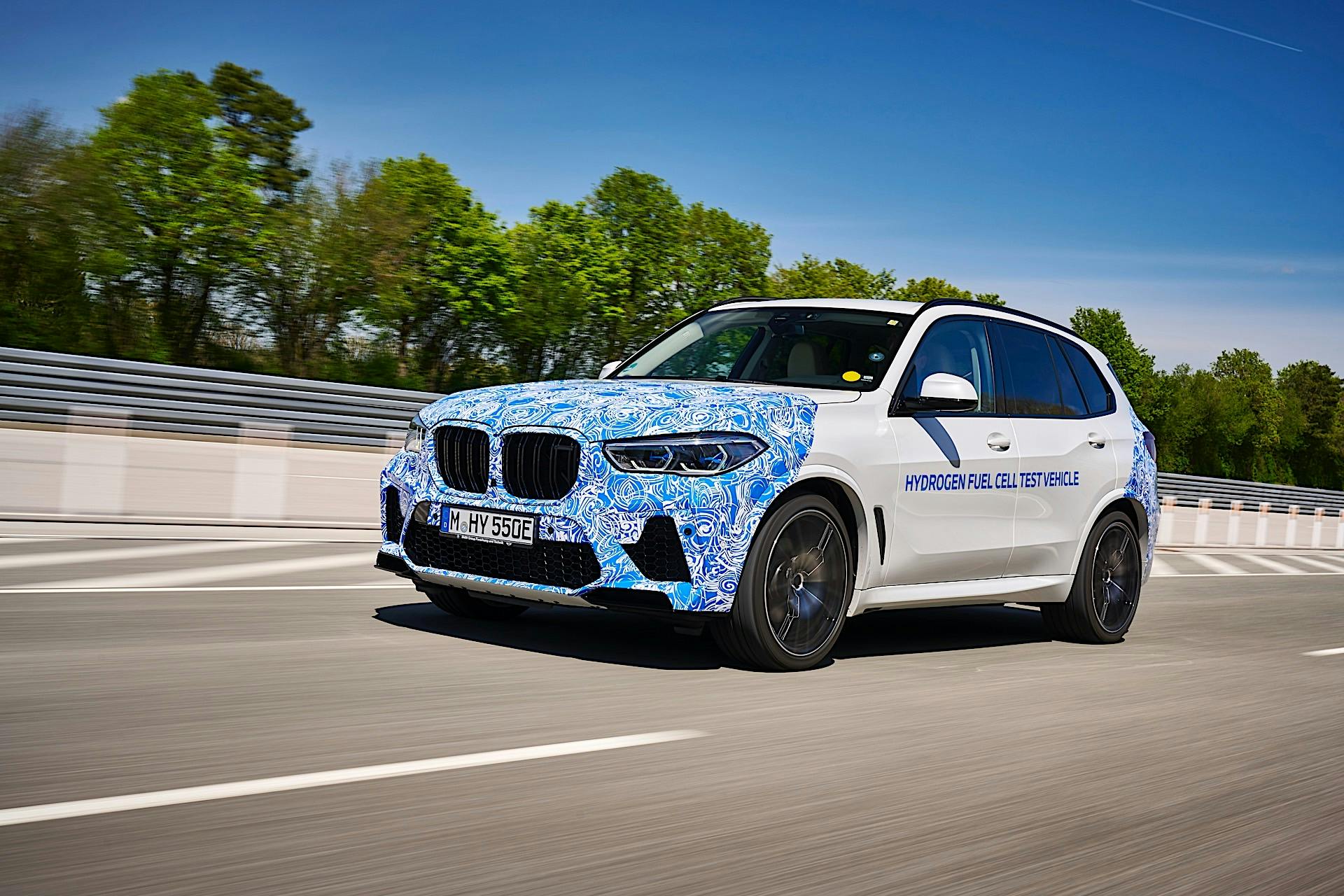BMW has announced that it has begun testing near-production hydrogen fuel cell powertrains in Europe as part of its i Hydrogen NEXT program. This evaluates the effectiveness of hydrogen powertrains, model-specific chassis technologies, and vehicle electronic systems under real-life conditions. In BMW’s case, the X5 will be used as the test bed to see what kinds of uses a fuel cell has in automotive applications.
The i Hydrogen NEXT initiative is the result of BMW’s partnership with Toyota. Toyota supplies the individual cells but the fuel cell stack and drive system are designed in-house by the BMW Group. This cooperation was first established in 2013 as part of a move to optimize everyday practicality and scalability of hydrogen fuel cell technology for both brand’s vehicles through an exchange of knowledge and experience.
A hydrogen fuel cell vehicle or FCV is essentially an electric car. However, it uses a fuel cell stack to create the electricity needed to power the buffer battery and electric motor. This is achieved via a chemical reaction inside the fuel cell stack where the hydrogen reacts with air that enters via the grille and/or an intake. Once that process occurs, you get electricity and water as the byproducts. Hydrogen is stored in carbon fiber reinforced plastic tanks. Like a conventional internal combustion engine, you can fill the FCV’s tank in around five minutes while offering a similar range regardless of weather conditions.
Currently, BMW is in the process of fine-tuning the driving and operating functions of its FCVs. It previously tested the fuel cell system, hydrogen tanks, battery, and central vehicle control unit via hundreds of test runs. What follows is on-road field testing on every road condition, which will see the car accumulate thousands of miles in real-world conditions. This is done to help development engineers validate the efficiency, safety, convenience, and reliability of the car’s components. At the same time, BMW is also ensuring that the FCV retains good driving dynamics, which is a brand hallmark.
Some of the parts used for the BMW X5 FCV prototypes come from existing battery-electric vehicles. The drive system, for example, is also found in the iX, iX3, and i4. The energy generated by the hydrogen fuel cell stack results in 125 kW or 170 hp of electrical output. An electric converter below the fuel cell adjusts the voltage to match that of the electric motor. A buffer battery is used to store energy and for short bursts of power during acceleration or passing maneuvers. As a whole, BMW’s fuel cell powertrain makes 374 hp, which is on par with the 3.0-liter turbo-six found in the M340i and M440i.
Like other electrified vehicles, regenerative braking helps recover energy during coasting and braking. This is then stored in the buffer battery. Hydrogen is stored in two 700-bar carbon fiber reinforced plastic tanks that can hold a total of six kilograms.
BMW says that its planning for small series production of X5 FCVs in 2022. We suspect that Europe will be the main market for these vehicles. Should they come to North America, they’ll likely be available only in California. BMW sees FCVs as a potential replacement for standard internal combustion engines and plug-in hybrids. It will also supplement battery-electric vehicles as an alternative for consumers without access to charging infrastructure or those that do a lot of long-distance driving.

